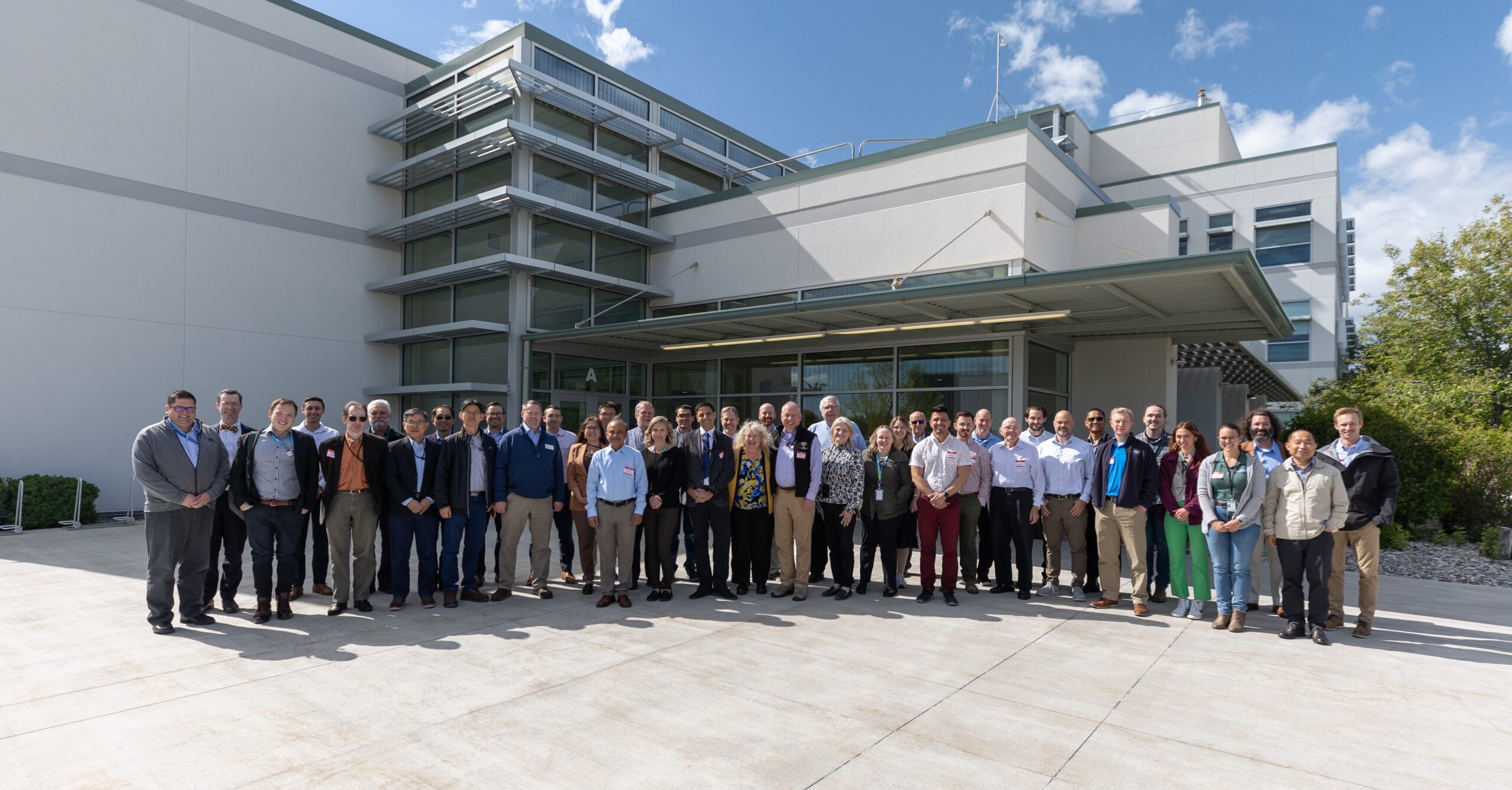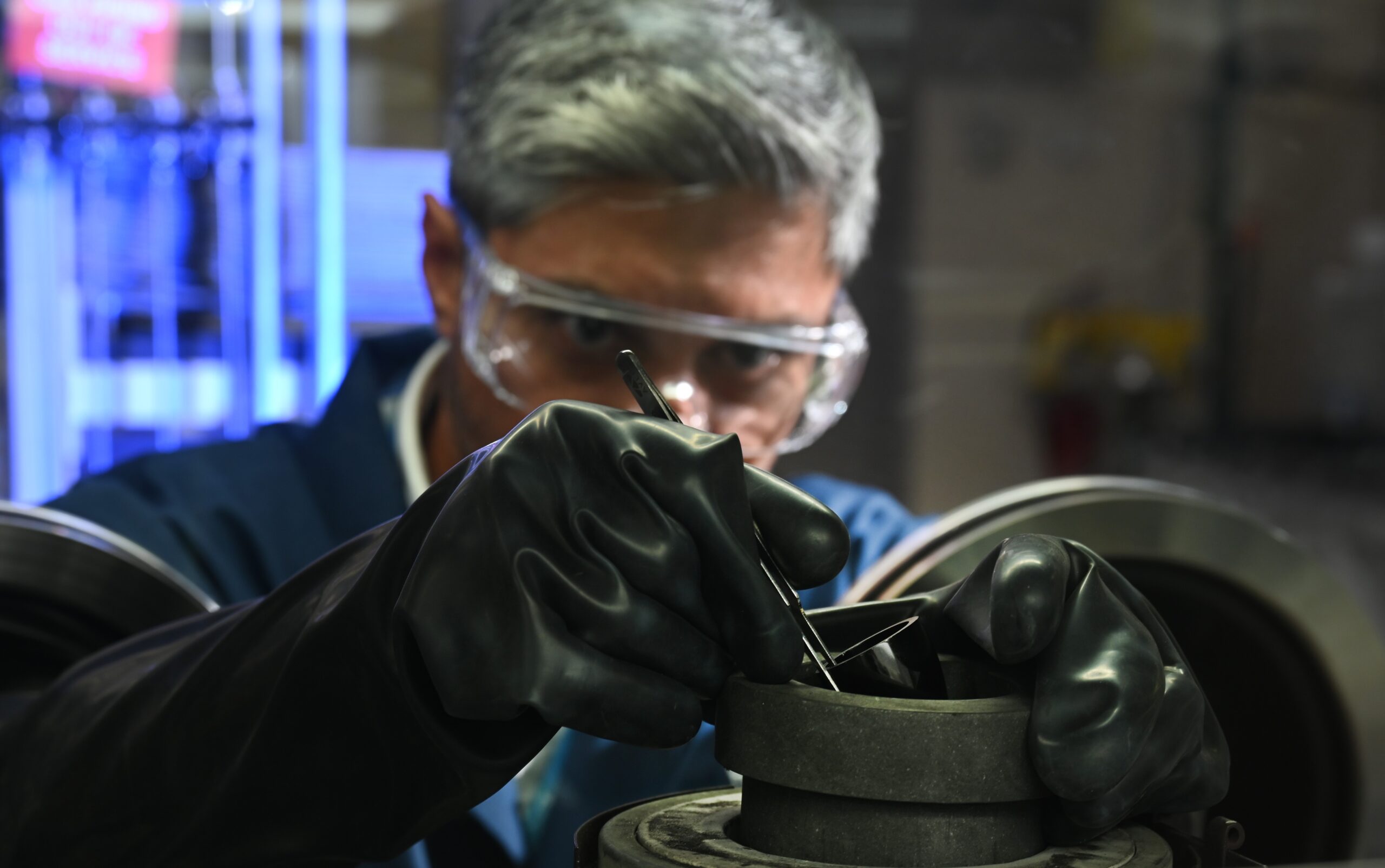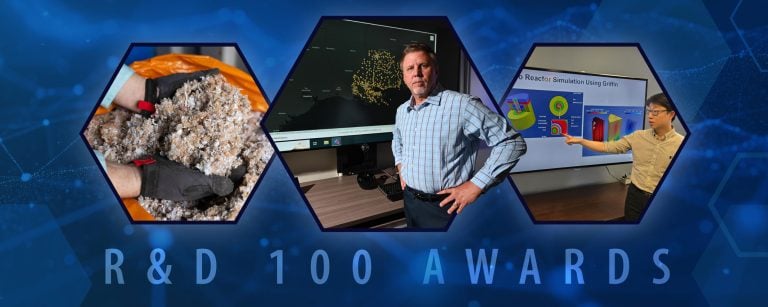On a crisp spring morning, professionals from across the country gathered at the Idaho National Laboratory (INL) Meeting Center for a novel event. The topics discussed over this two-day meeting aimed to open the door to a new generation of widely applicable technologies. The key? Molten salt.
John Carter, INL advanced technology of molten salts manager, and Piyush Sabharwall, irradiation experiment thermal hydraulics analysis manager, kicked off the Molten Salt Technologies – Powering the Future Workshop by welcoming attendees and facilitating introductions. Amid the crowd were stakeholders from industry, academia and other national laboratories – all hoping to bring their projects to life. A range of focus areas were represented, from solar power and carbon capture to rare earth metal extraction and harsh-environment sensor development, among others.
“We want to learn from each other and better understand how, together, we can accelerate molten salt-based green technologies in the interest of our nation’s clean energy future,” said Carter. “We want to identify shared challenges and create new partnerships to overcome them.”
A deep dive into what’s possible
In the quest for sustainable energy and industrial process solutions, molten salt technologies have been uniquely promising. Researchers have identified functions in thermal energy transport and storage, advanced material manufacturing, and other engineering methods. But to understand molten salt’s behavior and characteristics more completely, INL is studying it in laboratories and demonstration facilities, and there is a renewed push to understand how the lab can meet industry research and development needs.
Day 1 of the workshop featured technical sessions packed with an overview of how molten salt research has progressed, the status of existing molten salt programs and how they aim to shape future technologies. The fundamental science spoke to Alexi Khechfe, a molten salt engineer at Commonwealth Fusion Systems.

“It was really helpful to see some of the resources that are being developed in industry for equipment that can operate in harsh salt environments,” said Khechfe. “We’re looking to develop the first commercial fusion reactor, and it was interesting to see some of the testing rigs as we continue to develop our own.”
INL’s interest in molten salt reactors enables a myriad of industries to advance their technologies as well. Industry partners investigating topics such as manufacturing, harsh-environment sensors, material interactions and chemical characterization could benefit from tapping into INL’s capabilities and a network of molten salt-affiliated researchers.
“The equipment we produce is designed to survive in molten salt environments, but I was able to see how others are addressing the same problems we’re dealing with,” said mechanical engineer Chris Ramirez, who works for Sporian Microsystems, which specializes in developing high-temperature sensors.
INL’s role in launching new technology
Day 2 of the event featured a presentation from Holly Powell, operations manager for Gateway for Accelerated Innovation in Nuclear, an initiative to provide access to government support that moves nuclear energy technologies toward commercialization. Powell explained how attendees could take advantage of the program to collaborate with INL and access unique research capabilities.
Participants also saw INL molten salt research first-hand on a tour of facilities where researchers work on salt structure and measurement while developing ways to chemically monitor them under various conditions.

“The lab tour experience creates questions for us to answer, like, ‘How are we solving that problem, and how are we addressing that issue in our own research?’” said Utah Green Energy Technologies general partner Kent Millington.
Attendees discussed the complexities of bringing these technologies to market, a paradoxical promise of return on investment in a research area that still has many unanswered questions.
“Everyone has specific needs and concerns we can address as we collaborate together,” said Michael Stoddard, Office of Nuclear Energy Molten Salt Reactor Research Program manager. “It’s amazing to see the innovation that all the scientists here at INL have — building these instruments from scratch, creating these amazing technologies to overcome some really big challenges related to molten salt.”
Charting the course of future research
As the workshop ended, the desire to continue the conversation and forge a stronger network was clear. “I think checking in, seeing the lessons learned, the things that have worked and haven’t worked would be really awesome for us,” said Khechfe, echoing the desire of many others to stay in close contact.
“This workshop was designed to accelerate the development of solutions to some of the most pressing technological challenges of our time,” said Carter, “and we’re already looking forward to doing this again.”






